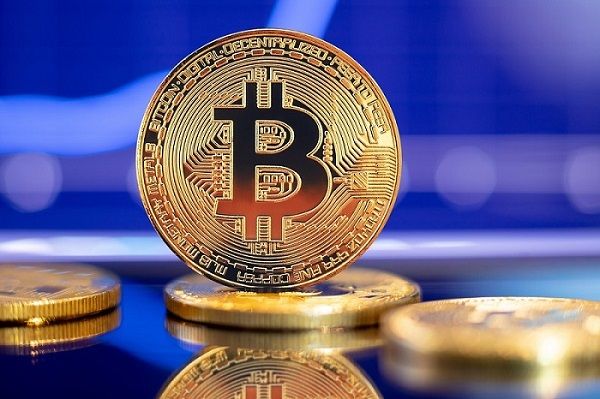US Dollar Index softens to below 99.00, US ISM Services PMI data in focus

- US Dollar Index weakens to near 98.70 in Tuesday’s early Asian session.
- Soft US July jobs data and renewed concerns over the Fed’s independence weigh on the DXY.
- The US ISM Services PMI report will be the highlight later on Tuesday.
The US Dollar Index (DXY), an index of the value of the US Dollar (USD) measured against a basket of six world currencies, trades on a negative note around 98.70 during the early Asian session on Tuesday. Traders await the release of the US ISM Services Purchasing Managers Index (PMI) later on Tuesday for fresh impetus.
The US Nonfarm Payrolls (NFP) rose by 73,000 in July, compared to a 14,000 increase (revised from 147,000) prior, according to the US Bureau of Labor Statistics (BLS) on Friday. This reading came in below the market consensus of 110,000. Meanwhile, the US Unemployment Rate ticked higher to 4.2% in July from 4.1% in June, as expected. The US ISM Manufacturing PMI also came in weaker than projected, dropping to 48.0 in July from 49.0 in June.
Fed funds futures traders ramped up bets on rate cuts again on Friday after the downbeat US economic data, which created a headwind for the US Dollar. Markets are now pricing in nearly an 84% possibility that the Fed will cut rates by 25 basis points (bps) in the September meeting, owing to the weaker-than-expected US employment data, according to CME's FedWatch, with just under 60 bps worth of reductions expected by December, implying two 25 bps and a 40% chance of a third.
Late Monday, San Francisco Fed President Mary C. Daly said that, given mounting evidence that the US job market is softening and no signs of persistent tariff-driven inflation, the time is nearing for interest rate reductions.
Furthermore, renewed concern over the Fed’s independence contributes to the USD’s downside. The Fed on Friday announced Adriana D. Kugler, a member of its Board of Governors, is resigning early amid ongoing tensions with Fed Chair Jerome Powell.
Looking ahead, traders will keep an eye on the US ISM Services PMI later on Tuesday. The ISM Services PMI is expected to improve to 51.5 in July from 50.8 in the previous reading. If the report shows a stronger-than-expected outcome, this could boost the Greenback against its rivals in the near term.
US Dollar FAQs
The US Dollar (USD) is the official currency of the United States of America, and the ‘de facto’ currency of a significant number of other countries where it is found in circulation alongside local notes. It is the most heavily traded currency in the world, accounting for over 88% of all global foreign exchange turnover, or an average of $6.6 trillion in transactions per day, according to data from 2022. Following the second world war, the USD took over from the British Pound as the world’s reserve currency. For most of its history, the US Dollar was backed by Gold, until the Bretton Woods Agreement in 1971 when the Gold Standard went away.
The most important single factor impacting on the value of the US Dollar is monetary policy, which is shaped by the Federal Reserve (Fed). The Fed has two mandates: to achieve price stability (control inflation) and foster full employment. Its primary tool to achieve these two goals is by adjusting interest rates. When prices are rising too quickly and inflation is above the Fed’s 2% target, the Fed will raise rates, which helps the USD value. When inflation falls below 2% or the Unemployment Rate is too high, the Fed may lower interest rates, which weighs on the Greenback.
In extreme situations, the Federal Reserve can also print more Dollars and enact quantitative easing (QE). QE is the process by which the Fed substantially increases the flow of credit in a stuck financial system. It is a non-standard policy measure used when credit has dried up because banks will not lend to each other (out of the fear of counterparty default). It is a last resort when simply lowering interest rates is unlikely to achieve the necessary result. It was the Fed’s weapon of choice to combat the credit crunch that occurred during the Great Financial Crisis in 2008. It involves the Fed printing more Dollars and using them to buy US government bonds predominantly from financial institutions. QE usually leads to a weaker US Dollar.
Quantitative tightening (QT) is the reverse process whereby the Federal Reserve stops buying bonds from financial institutions and does not reinvest the principal from the bonds it holds maturing in new purchases. It is usually positive for the US Dollar.







